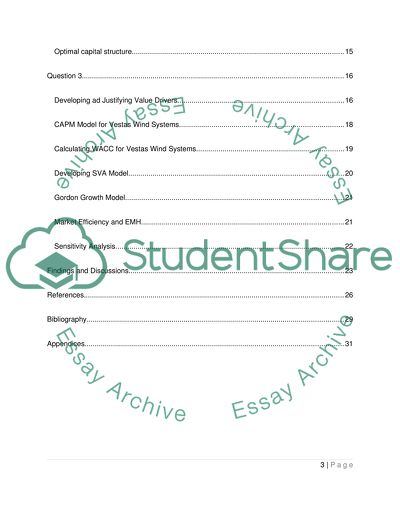Cite this document
(“Strategies for financial success: vestas wind systems Essay”, n.d.)
Retrieved from https://studentshare.org/finance-accounting/1404424-vestas
Retrieved from https://studentshare.org/finance-accounting/1404424-vestas
(Strategies for Financial Success: Vestas Wind Systems Essay)
https://studentshare.org/finance-accounting/1404424-vestas.
https://studentshare.org/finance-accounting/1404424-vestas.
“Strategies for Financial Success: Vestas Wind Systems Essay”, n.d. https://studentshare.org/finance-accounting/1404424-vestas.


